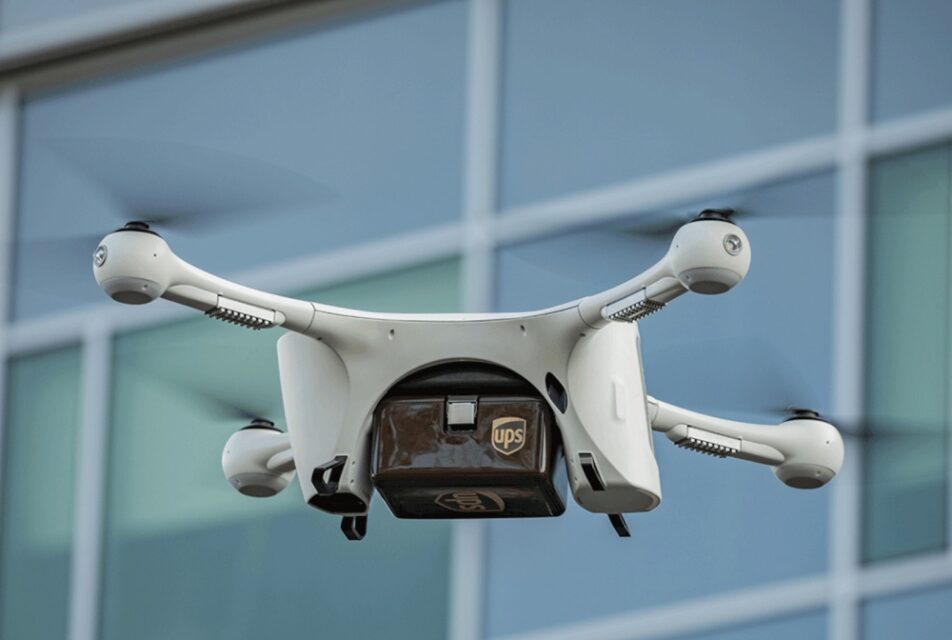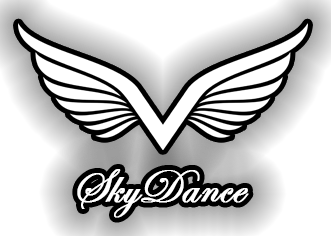FAA Releases BVLOS Waiver Requests for Public Comment

The FAA announced that it’s eyeing beyond visual line of sight (BVLOS) exemption approvals for four top aviation firms, opening the door to expanded unmanned operations. Now we know exactly what permissions they’re asking for.
The FAA has now published the requests of the four companies—Phoenix Air Unmanned, uAvionix, UPS Flight Forward, and Zipline—and is seeking comments from the public. Stakeholders have until June 14 to share their suggestions or concerns with the requests.
Considering the agency’s reliance on granting exemptions to gather information as it works toward a final BVLOS rule, the FAA will likely approve the four requests, even if they require the inclusion of special conditions or restrictions.
But if granted, what exactly would these permissions do? Let’s break down what the requested exemptions mean for each of the four companies.
Describing itself as an aerial data acquisition services provider, Phoenix Air Unmanned is looking to operate BVLOS as well as over people and roads. To do so, it’s requesting relief from several sections of FAA Part 61 and Part 91.
The firm wants to use its SVO 50 V2 aircraft from SwissDrones to perform aerial work, photography, surveying, patrols, and inspections of any powerline infrastructure owned or operated by a Department of Energy-recognized electric utility. The turbine-powered drone is capable of flying up to two hours with a 30-pound payload.
“Our petition for exemption process has included a safety risk management review alongside the FAA, demonstration of the aircraft, and on-site evaluation of BVLOS inspection operations within the proposed concept of operations,” Phoenix told FLYING. “The exemption request is in the interest of the public, and we welcome public comment as a next step of the authorization process.”
The exemption, if approved, would build on Phoenix’s Part 107 waiver, issued in March, that permits BVLOS operations for aircraft under 55 pounds. The approval did not cover the SVO 50 V2, which weighs 190 pounds.
Autonomous flight services provider—and avionics developer—uAvionix is also seeking exemptions from Parts 61 and 91…but not for its own operations.
Rather, the firm wants to conduct research and development on BVLOS operations for others—using an electric vertical takeoff and landing (eVTOL) aircraft—as part of the Vantis unmanned aerial systems (UAS) project at the FAA’s North Dakota UAS test site.
“Our application is unique in that we are not seeking this exemption as a means to further our own BVLOS flight objectives….instead we are trying to unlock that capability for the rest of industry, and this is one way to achieve those goals,”
Christian Ramsey, managing director at uAvionix, told FLYING.
The aircraft, called Rapace, was granted a special airworthiness certificate—experimental class (SAC-EC) from the FAA and has a maximum takeoff weight of 26.5 pounds. It’s custom built, with uAvionix-designed internal avionics, command and control radios, autopilot, and positioning sensors. Through Vantis, the firm is working with partners such as Thales and the state of North Dakota to provide additional infrastructure for the program.
“The concept here is that the program team works out the ‘recipe’ for BVLOS exemptions, which are repeatable by other operators in the future,” Ramsey said. “In the end, this exemption isn’t about our operations… it’s about trailblazing and developing an infrastructure that others can use to achieve their own operational and business goals.”
UPS Flight Forward, the first FAA-approved Part 135 drone operator, is requesting slightly different permissions, including exemptions from Part 135.
The exemptions, if approved, would incorporate remote operations centers across the company’s network and enable “flights in outlying locations from (an) ROC in a different location” —essentially BVLOS flights.
But the request goes further. Flight Forward also wants to fly its M2 drone from Matternet with a ground-based surveillance system coupled to a suite of situational awareness tools that would replace the visual observer in BVLOS operations. That means the company will be able to fly farther than it would have had it opted for a simple section 107.31 waiver.
And then there’s Zipline. Its request is simple: The company wants to revise its previous exemption in order to replace visual observers with its patented acoustic detect-and-avoid system (DAA). DAA was a key factor in securing the company’s Part 135 certification, the most permissive the FAA has awarded so far and enables BVLOS operations.
Flight Forward and Zipline did not immediately respond to FLYING’s request for comment.
Each of the four exemption requests has its own petition for public comment, and they can be found within the Federal Register. Anyone can comment, but take that with a grain of salt—the FAA may make some modifications but will most likely approve all four requests.
However, there may be a better way to make your voice heard. Concurrently with the four requests, the FAA released a petition for comment on a proposed rule for BVLOS, asking industry stakeholders to provide input on the agency’s potential approaches.
The document outlines several areas of proposed rulemaking—such as detect-and-avoid performance standards, well-clear boundaries, and a new class of “shielded” operations—each with a few questions for the public to answer. The comment period for that petition also expires June 14.
Photo: UPS Flight Forward and its Matternet M2 drone is one of four firms seeking FAA exemptions
Source: Flying
https://skydanceimaging.com/faa-releases-bvlos-waiver-requests-for-public-comment/

Comments
Post a Comment